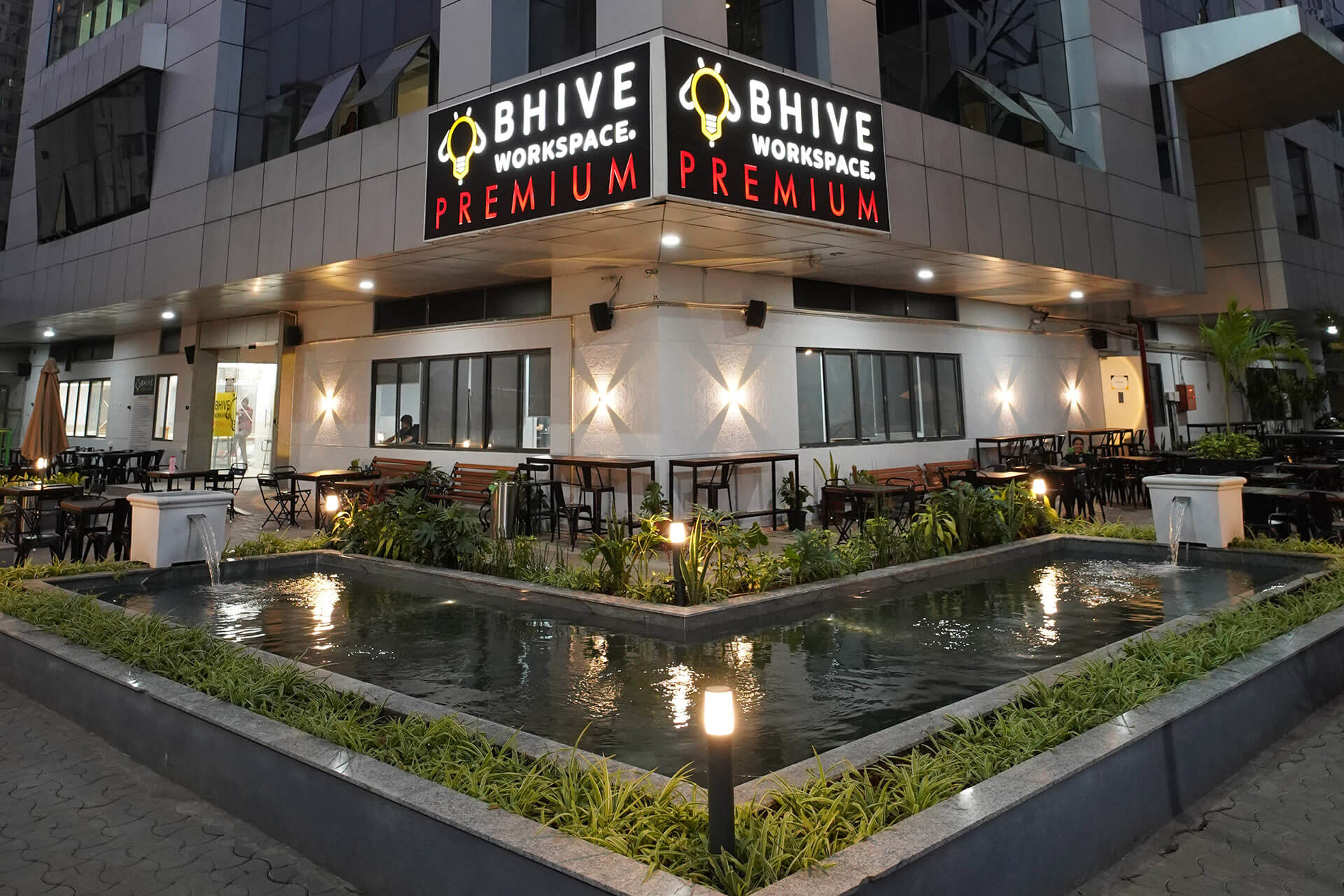E - PAPER
Real Estate Sector: The Engine of Development in Post COVID World
Santosh Agarwal, CFO, AlphaCorp The year 2020 has emerged with an unforeseen turn of events that have initiated unprecedented trends in the Indian market. Indian Real Estate is set to usher in a new post-pandemic era that thrives with numerous expectations and possibilities. Nev
 BY
Realty Plus
BY
Realty Plus
Published - Monday, 26 Oct, 2020

Santosh Agarwal, CFO, AlphaCorp
The year 2020 has emerged with an unforeseen turn of events that have initiated unprecedented trends in the Indian market. Indian Real Estate is set to usher in a new post-pandemic era that thrives with numerous expectations and possibilities. Never has a paradigm shift of such scale and nature been observed in the Indian economy, which has guided major currents of positive sentiments towards this industry. The events during the pandemic have emphasized on the security needs of individuals and made them aware of the importance of a home in their lives, apart from shaping their perception about it. Amid these building prospects, the real estate in Tier-II cities has been inducing significant traction.
According to a recent consumer survey undertaken by Anarock during the lockdown, among the people who are looking to invest in tier-II and III cities, 61 percent were end-users, and around 55 percent were aged below 35 years. This indicates the rise in demand that the aftermath of the pandemic has inspired. Among these, at least 47 percent of respondents are looking to invest in affordable properties within Rs. 45 lakhs followed by 34 percent who are focusing on mid-segment homes within the price range of Rs. 45-90 lakhs.
The pandemic has dwindled the job prospects of a huge percentage of the population living in metro cities and abroad, who are now planning to return to their bases. Further, there is another set of individuals whose aspirations for a lifestyle have changed due to the long hours at home; they have become more aware of their requirements. The refreshing changes observed in the atmosphere due to the reduction in human interference have made them realize the importance of a life away from the hustle-bustle of metro life. These factors have resulted in reverse migration towards Tier-II and III cities owing to accessible pricing, availability of space, lower acquisition costs, and better returns on investment, especially towards the ready to move in units. The demand is equal for both gated societies as well as independently developed plots due to the difference in the perception of people about their security in the times of pandemic.
Tier II cities would be the priority of the people looking for a superior lifestyle due to their smooth connectivity to metro cities, the presence of branded developers, and lifestyle at par with metro cities. But this demand is also significantly visible in the smaller cities as many want to stay close to their native places.
This trend would also attract the local investors who intend to benefit from the surging rental demand in these regions. Over time, this would also push builders to develop townships in these smaller cities, escalating their growth index as well as that of the nation. This would decentralize the wave of development which so far is majorly concentrated in metropolitan cities and persuade the overall development of the nation with a whole new impetus. The settlement of a highly skilled working-class population in smaller cities would enrich them with human resources that would result in the industrial progress of these regions, reviving a grander market and increasing their investment potential. Brain drain has been a looming problem for India for decades and the after effect of the Covid-19 pandemic on the market would reverse this to a great extent.
Looking at these trends, it can certainly be considered that the Indian real estate has the potential to become the engine of development for the nation, opening portals for high scale investments in the market. With the government`s support in channelling this wave, the industry is bracing itself for a whole new era of economic prosperity.
RELATED STORY VIEW MORE
NEWS LETTER
Subscribe for our news letter
E - PAPER
-

CURRENT MONTH 
LAST MONTH















